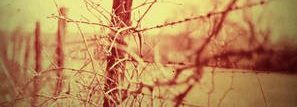
To celebrate Gilda Trillim being a finalist for the Whitney Award and the AML Award for Best Novel let’s take a visit to some of the book’s locations
Join me! To celebrate Gilda Trillim’s being a finalist for both the AML Best novel award and the Whitney Award, I’ve contacted Kattrim Mender and obtained some photos of his/her’s travels visiting some of the places where the events of Gilda Trillim’s life took place. Of course, we can never be a hundred percent sure, but I think some of these are a good attempt to be accurate. Some are photos from Kit’s travels others were obtained at various websites.
Here are some pictures of the Lena River in Russia where Gilda did many of her apple seed paintings at the Orthodox convent where she lived for a year.
Near the headwaters of the Lena River in Russia (near Lake Baikal) is the Convent St. Margarita of the Blessed Trees, an Orthodox Convent. It was a short-lived experiment in the marriage of faith to education, art, and science. Because of its remoteness and inaccessibility, and the willingness of nearby local leaders to allow its existence (with some evidence of bribery), it escaped the worst of the Stalinist religious persecution. The convent turned out to be a hidden patch of light in a dark era. How Gilda came to this place in the heart of the USSR is unknown, but it is here she spent a year coming to know an apple seed. Yes, you read that right. An apple seed. Dr. Tang says that there is a great hall in the convent that contains literally scores of Trillim‘s chiaroscuro oil paintings of a lone apple seed, brown on orange, lit by a single candle. Gilda Trillim Vignette 4 p. 33-34
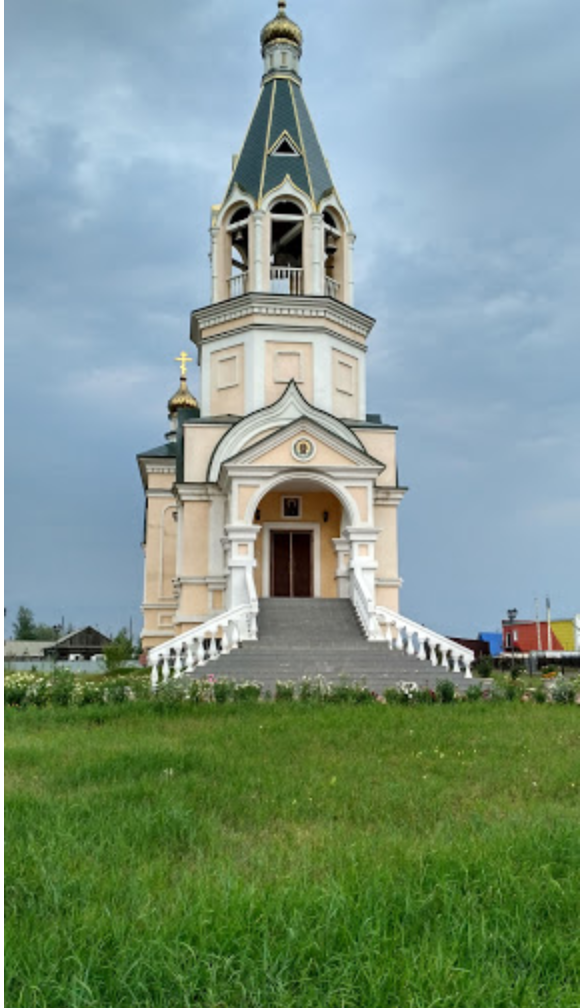
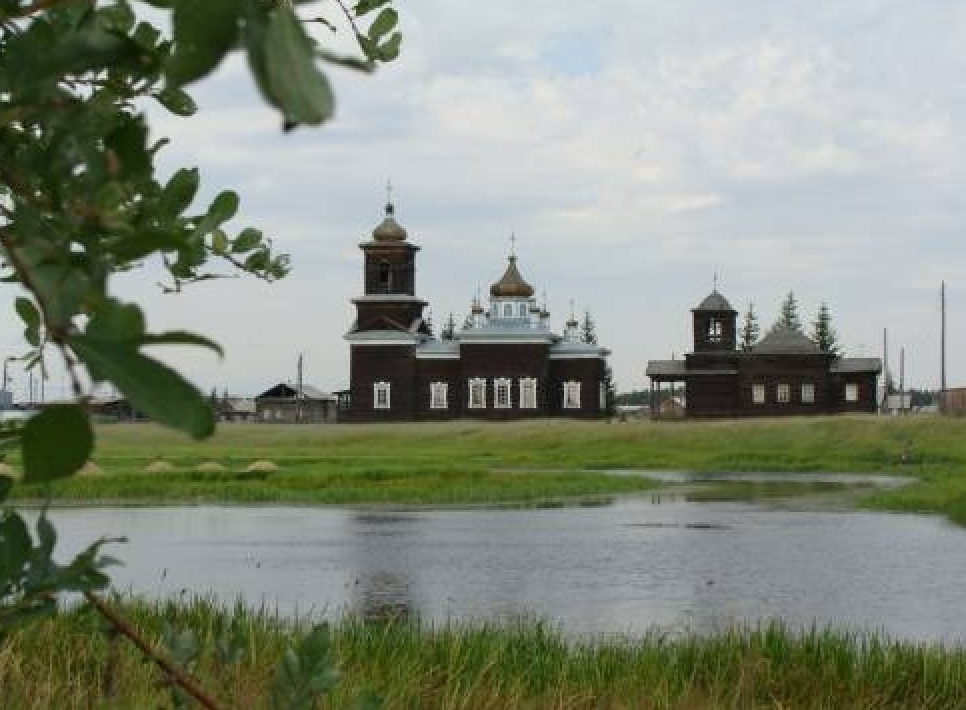
Here are two views of Ludwig Wittgenstein’s cabin near Skjolden, Norway. This landmark is just across the bay from where Gilda Trillim stayed during her study of junk drawer ecology.
I am living near Skjolden, Norway. I‘ve taken residence up the valley from town in an old farmhouse, a cabin really. I’m dying of boredom. It seemed like a good place to get away. After all, the owners, the Vermeulens, would be overwintering in Portugal, so I’d have the place to myself. From Gilda Trillim p. 39
Two views of the Cabin:
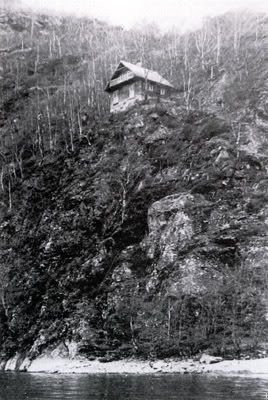
Skjolden, Norway.
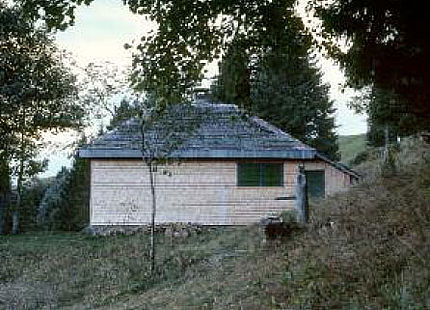
From Norway we move to Vietnam where Gilda spent two years in a POW camp in Vietnam where she was visiting the troops for a USO tour. After her helicopter disappeared, she was listed as MIA. Everyone assumed she was dead.
She could see the Major‘s confidence wane every mile they traversed over the verdant landscape. Then the river just disappeared into the unending jungle below as if it had been nothing but a mirage. The pilot tried to circle back, but it started to rain. As the clouds descended, visibility shrank. She remembered that the Major and pilot were bickering again and insulting one another’s competence. The pilot was sure they had crossed into Cambodia. Then a bang and a jolt. They went down. No one would have any idea where they were or where to begin to search for them. (Gilda Trillim Vignette 12 p. 117)
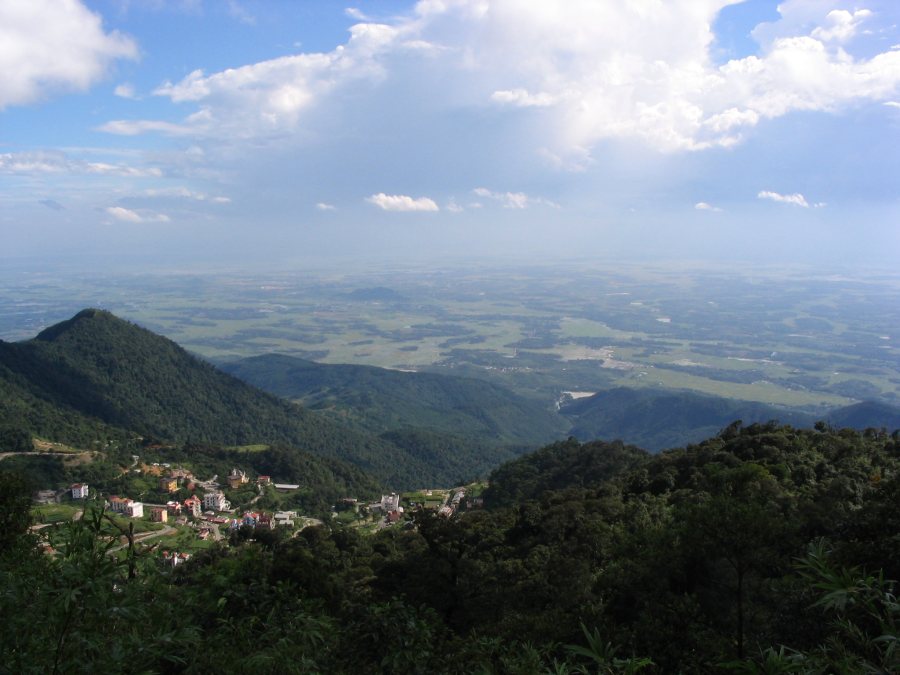
After Vietnam Gilda went to a remote part of the Hawaii’s Big Island
It is the second night. To get to the end of this rocky promontory, I passed a line of squat and stunted palms, ragged and unkempt. Not like the tall and stately palms that line Southern Californian boulevards. The fronds are stringy and torn, displaying a wildness like some ancient forest hermit, bearded with tangled rattan stripped from the fibrous bark.Woven in the nest-like mess found at the base of the leaves, debris from the wind gathers, adding to a bedding structure that guard the gargantuan floating seeds provisioned with their own milky supply of fresh water. Around the trees, sun-bleached coconuts are scattered haphazardly about—a few have leaked a phallic root probing the sand for anchorage. (Gilda Trillim Vignette 13 p. 156)
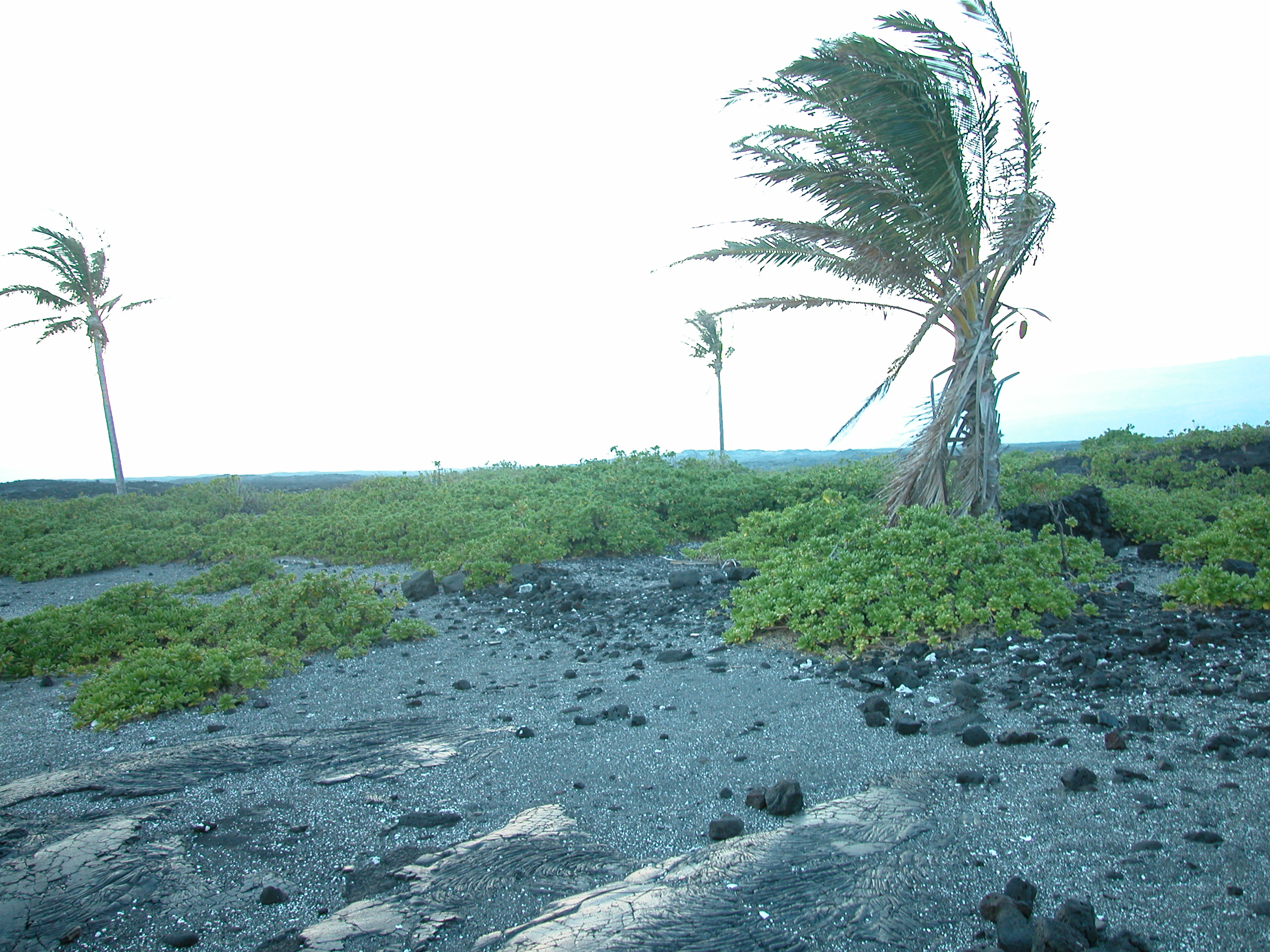
No one will find me here. To the southeast hangs the friendly gibbous orb I’ve known all my life occasioning a path of serene white moonlight reflecting across the top of the ocean, fulgent in the breakers. To the north a sulfurous fog steaming off of Kilauea obscures the low stars. They say in a few weeks the lava might reach here and cover this spot. I hope not. Perhaps the ghosts of the ancient Hawaiians will hold it at bay. This is a sacred spot I am told. I gently breathe in good sea air. I am sitting on a spit of land jutting out from an unpretentious lagoon that makes this place susceptible for basking in nature’s sorceries. I am alone. Inhaling the moist oceanic ether drives away the fear, or some of it anyway. (Gilda Trillim Vignette 13 p. 159)
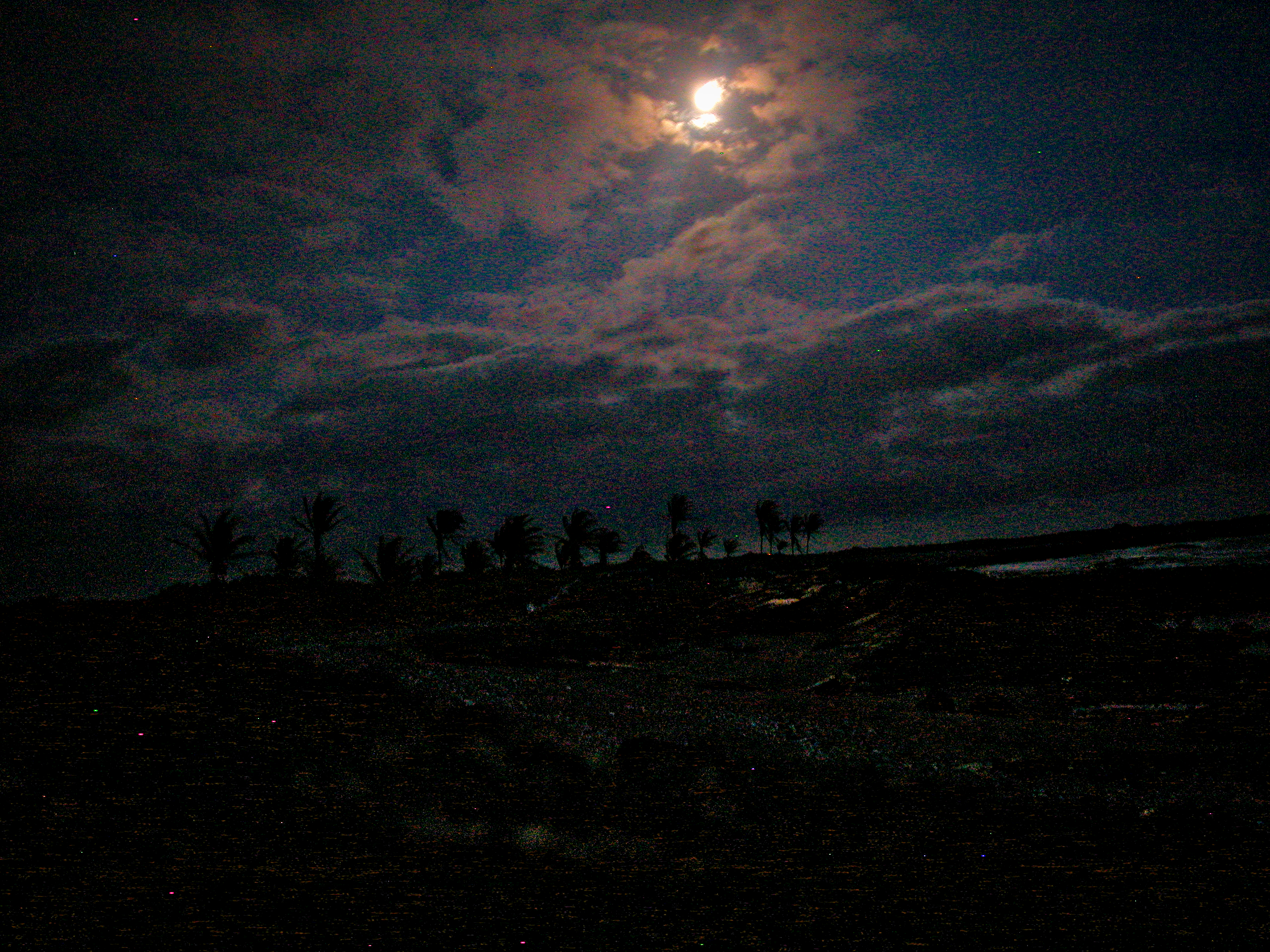
The taste of opihi may have been worth spilling the beans about how I spent the last few years. Wow. A delicacy worthy of royalty. A gastropod that clings to the rocks like a barnacle, they are found throughout the islands. I climbed out on the rocks to gather them, watching the untamed waves beating the island back into the sea with such violence it left me holding my breath. With each smash of the waves against the rocky shore, I felt a surge of wrath from the ocean both frightening and exhilarating. One slip and I would be feeding the crabs and fish below. (Gilda Trillim Vignette 13 p. 157)
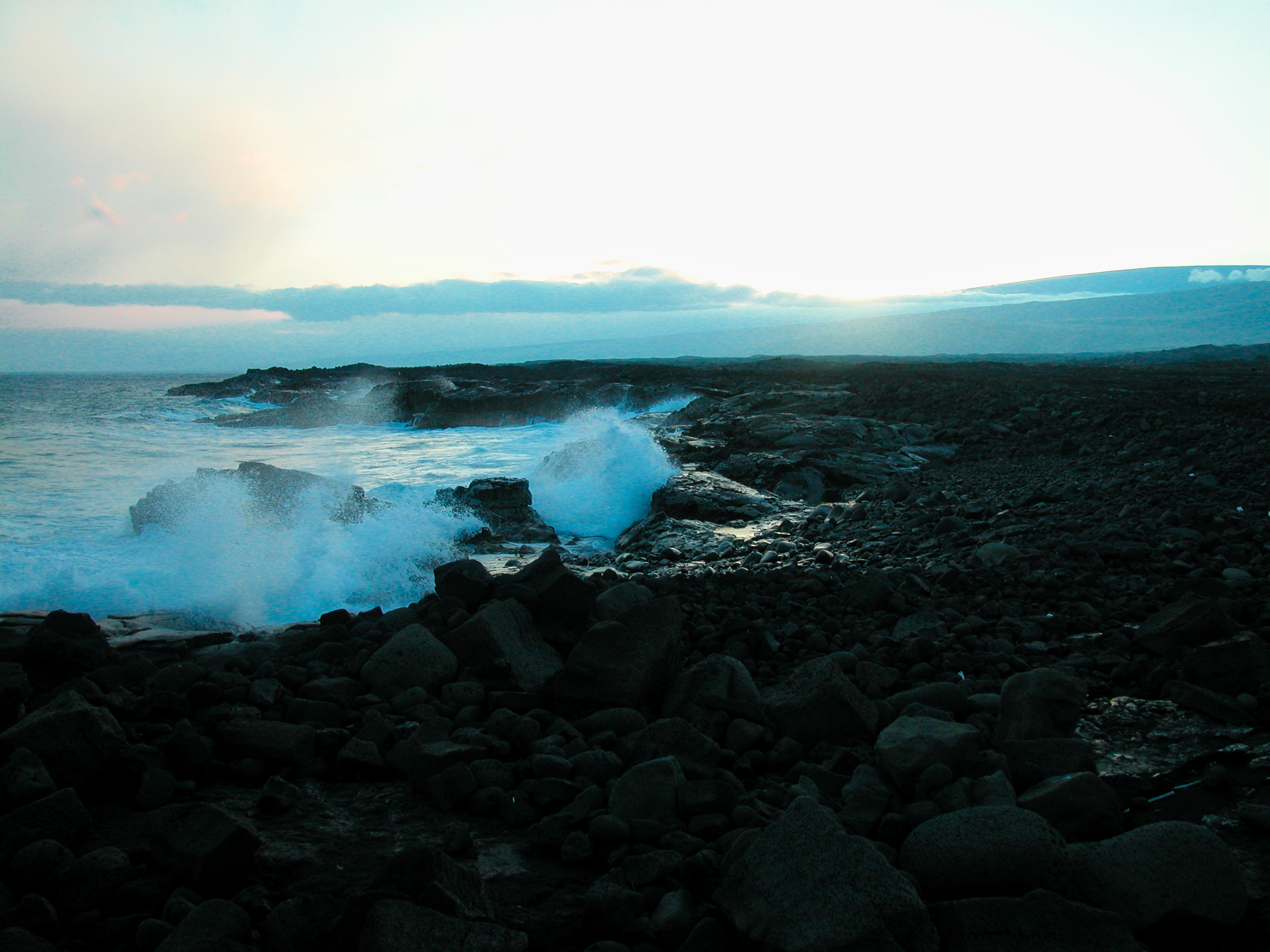
There is more to come. Check out Gilda Trillim: Shepherdess of Rats. A finalist for both the Whitney Award and the Association of Mormon Letters award for best novel.